Are your studio portraits not turning out the way you’d like? Learn how to capture the superior shots that will set your work apart with expert advice from pro Kirk Tuck, who has photographed President Bill Clinton and Academy Award winner Renée Zellweger. Plus, access even more essential techniques when you enroll in his online Craftsy class Studio Portrait Lighting.
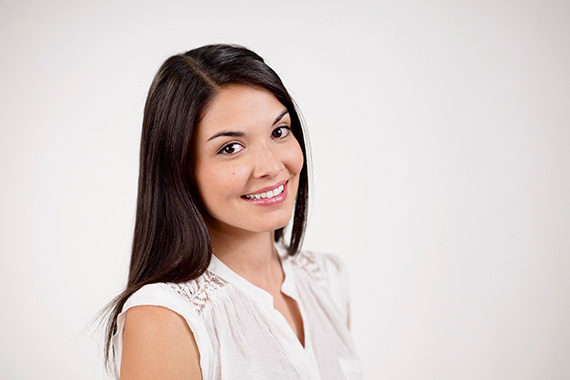
1. Set the right shutter speed for your camera.
If you’re going to be hand holding a camera, make sure to select a shutter speed that won’t introduce any camera shake. When in doubt, use the old rule of thumb: never use a shutter speed that is slower than the focal length of your lens. For example, if you are using a 50mm lens, don’t go lower than 1/60.
When using flash you can decide whether or not you want the ambient light to have a strong effect. If you want your finished image to contain both flash and ambient light, set your shutter speed slower than the synchronization speed (generally 1/250), and “drag” the shutter. The slower shutter speed allows the flash and ambient lighting to mix. If you only want the flash to show, aim for a shutter speed closer to the synchronization speed of your flash.
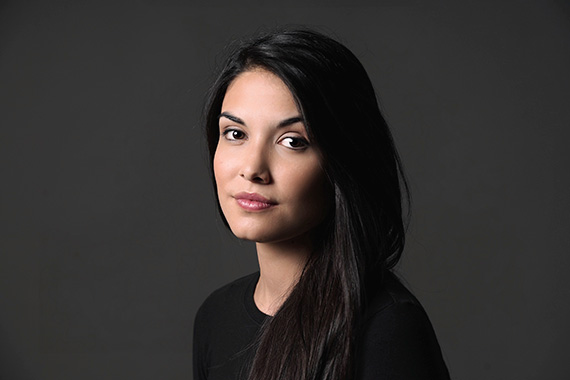
2. Select the best aperture and ISO for portraits.
To begin, “zero out” your camera and set all the controls from scratch. If you’re shooting anything longer than 85mm and you’re not trying for the slimmest depth of field, try f/5.6. Lenses are sharpest there (or at f/8), and you should be able to get sharp focus from the subject’s nose back to their ears. When shooting commercial portraits, it’s best to use strobe lighting so that you can use your full film speed range (ISO). Set your ISO as low as you can to maximize your image quality and reduce noise.
3. Use this go-to lighting setup for full-length portraits.
Use large light modifiers or softboxes set back from your subject for good, even lighting coverage. Try a 4×6 foot softbox for an even distribution in the front with a secondary light source behind your subject to define edges and give a few highlights.
4. Get the most out of umbrellas.
Umbrellas that have silver linings tend to reflect a more heavily contrasting light than white umbrellas. The advantage of silver umbrellas is that they are more efficient, so you get more light out of them at the same power setting. Nowadays we don’t worry much about a lack of power, and you should think about keeping your light source soft and flattering. If you can only buy one version, go with the white. Need more contrast? Move the umbrella further away from your subject.
5. Practice with these clever ideas—because practice makes perfect.
There are a few ways you can easily get in some practice! Most cameras have a self-timer mode that you can use to act as your own model so that you can shoot and experiment to your heart’s desire. The benefit is that you are available all the time, and you probably take direction from yourself pretty well.
Stick a light stand in the shot where you intend to stand, put your camera on manual focus to lock in focus on the light stand and then trigger the self-timer and walk over to where the light stand is. Then, move the light stand and get a nice test shot. Once you have the focus determined, you can put a spot on the floor and get repeatable focus.
You can use an infrared remote or a long cable to trigger the camera instead of the self-timer. It is more convenient and you can try multiple poses before heading back to the camera to see what you got.
Another cheap and easy idea is to get a used mannequin as a model; you can dress it up any way you want.
6. BONUS! Overcome clothing conflicts.
When a client is wearing clothing that conflicts with the background and she doesn’t have a change of clothes, one solution is to switch to a different color or style of background.
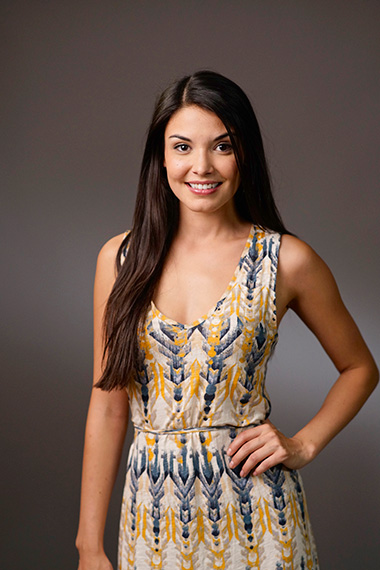
Background color change to complement the model’s clothing
Ultimately, it’s important to consult with clients prior to their appointments and really discuss what to wear and why. If you let them know which colors are slimming and flattering and which aren’t, you can help prevent a less than happy session. Ask clients to wear subdued, solid colors: for example, a long-sleeved, gray knit shirt with a crew neck or a collar. This will allow the viewer to focus on their face (the important part!) instead of their clothing and will also help to keep portraits from becoming dated quickly.
Now that you have a few tricks under your belt, take the next step toward portrait success. Sign up for Kirk Tuck’s online Craftsy class Studio Portrait Lighting. Watch your class anytime, anywhere, forever as Kirk reveals how to master equipment, setup, and lighting methods that will help you get the perfect shot—from fun senior photos to professional business profiles—every time. Kirk will even critique your photos and answer any questions you have as you go.
What are some of your favorite tricks for shooting incredible in-studio portraits?
Like This Article?
Don't Miss The Next One!
Join over 100,000 photographers of all experience levels who receive our free photography tips and articles to stay current:
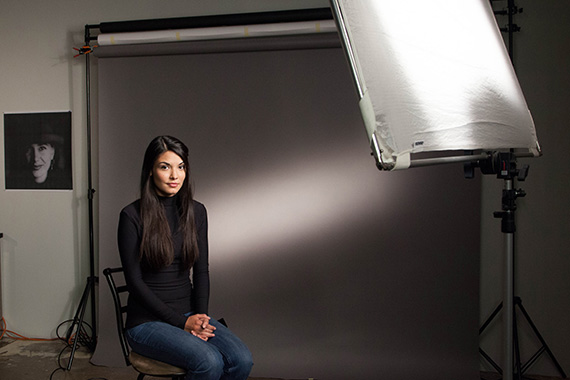
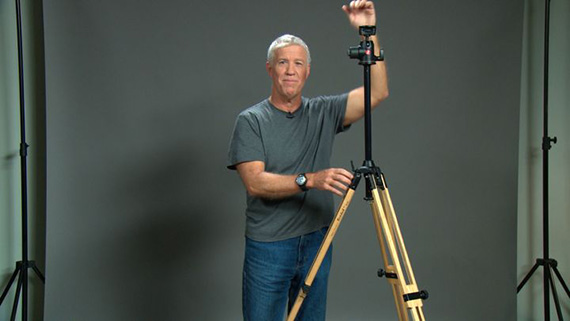

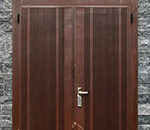




This is some really good information about photo studios. I liked that you pointed out that you should have a good light set up. My little sister really wants to have a photographer. So this is some really good information to know about taking good portraits.
I agree. Generic tips to sell a course, it seems…
These are the worst and most generic studio tips I’ve ever read. I’m surprised Tip #5 wasn’t: Be sure to remove your lens cap.
Set a large softbox “set back” from your subject? WRONG!
This is gutter swill!